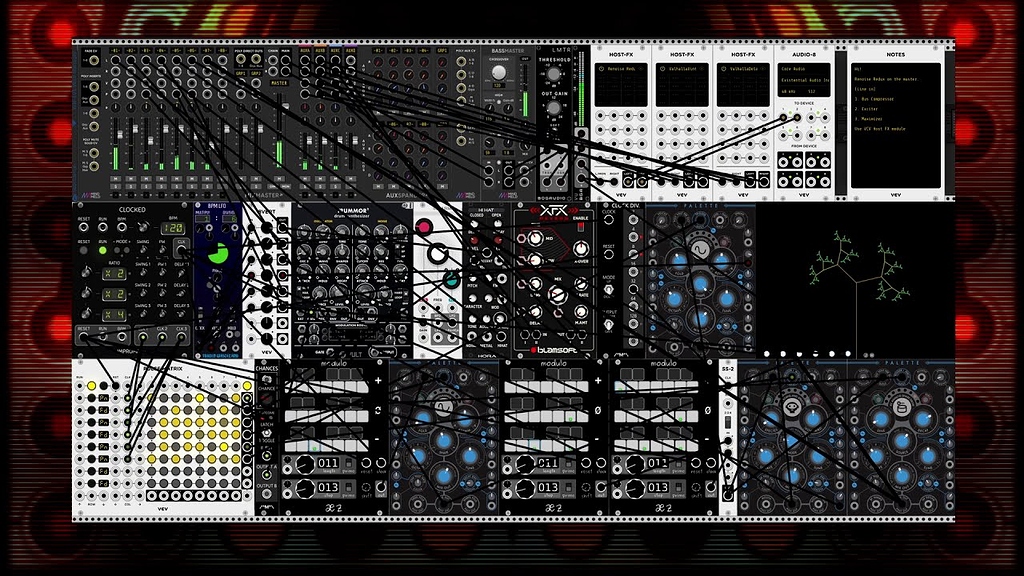

To install in Redux either drag the file on top of the plugin window or click the load button of the Preset Selector.Ī successful install should result in a message like this:

You can now install the library to check that everything has worked by simply dragging the file on top of the Renoise window. So, in the case of our example pack, the file name would become ``
Renoise javascript archive#
Using a zip archive utility (on Windows, 7Zzip is recommended), you first compress the inside of the root folder, and then assign it the name provided in the manifest plus the Renoise library file extension. These files will not be useful to Renoise, but will still be installed on the user's machine as part of the library.
Renoise javascript pdf#
You can even add additional files if you wish to - perhaps a PDF document or a 'readme'. + Samples + Multi-Samples + Instruments manifest.xml For example `` for one of our Renoise-published libraries, but you can use whatever name you like as long as it has those three parts.īy now the file structure might look like this: The only thing that is important to get right is the name - it needs to follow a certain naming convention, in the form ``. Once you feel the content is ready to be exported, add a manifest to the root folder (use a basic text editor such as Notepad and copy the following text as a starting point).Īmazing pack by username for Renoise+Redux Ambience - Channel - Field Recordings + Multi-Samples + Instruments So, after a bit of customization your file structure might now look like this (with folders expanded): Any changes performed there will automatically be reflected in the Renoise user interface.

It's possible to move presets around or reorganise them into sub-folders, but this needs to be done from within your OS explorer/finder window. Note that these folders are created automatically as you save a preset. For example, it might have the following structure: Libraries are laid out in the same way as the user library. The easiest way to build your own library is to create a copy of an existing user library, save presets to it from inside Renoise and then do the file/folder organisation externally. New Themes can be created, or existing ones edited, in the Themes tab of the preferences menu.


 0 kommentar(er)
0 kommentar(er)
